Questions for Ileana Selejan, Wellesley College, Massachusetts
What Romanian art events (solo/collective show, artist talk, workshop, festival, biennale, editorial work) in 2014 did you find interesting/decisive in indicating a way, a style, a new area of expertise, or an already known and established area of artistic research and activity? What were the lesser moments in the artistic Romanian art scene of the year 2014? In short why?
What international art event of those you’ve seen or heard of in 2014 did you like best? Was there something you found worthy of attention, special, uncommon, or (on the contrary) was there anything typical and representative, already engraved in the international art scene of 2014? What didn’t you like in 2014?
I will begin by describing, in short, a few of the events that I witnessed on the east coast of The United States of America, where I am currently living. We’re off to a nice start with the beginning of the year… The Metropolitan museum in New York recently inaugurated an exhibition on mourning dresses from the Victorian era (late 18th century – early 19th century) with the title Death Becomes Her: A Century of Mourning Attire. A macabre theme, you might think, treated with respect and fascination by the show’s curators. Seen from a mainly historical but also affective point of view – this is evident due to the minimal interventions on the exhibiting space – the elegant silhouettes and the personal objects are delicately placed on low pedestals and in glass cases. In this context, the austere clothing and the intentional neutrality of the utilitarian, yet aesthetic objects reveal a cultural identity that wants to exteriorize borderline experiences. The curatorial strategy thusly highlights certain aspects that are linked to a less visible aesthetic, a peculiar “fashion” and style, which reactivates a profound exoticism that can be found in the existential searches of a European culture that is apparently characterized by a strict rationality rather than the sensitiveness of feeling.
Transcendence is a subject that I encountered even in the crowded exhibition dedicated to the American artist Mike Kelley at MoMA – P.S.1 in Queens (New York). The premature death of one the most important experimental artists of these last decades created a perceptible loss in the art world. Of course, in this case the retrospective turned into a memorial. The investigation of the absurd, something that has been the basis of American pop-culture, was the artist’s main preoccupation throughout his life. So this “memorial” is an interesting example of mixing real biographical elements with fictitious ones that were inspired by the same everyday realities. Passing through the museum’s corridors, I understood perhaps better than ever the solemn tone of the works, modified from time to time by the presence of the comic or the orgiastic shouts that are particular to the Kelleyan scatology. The obviously “moved” spectators were almost instinctively passing from one room to another in the usurped spaces of the old public school institution P.S.1.
Of all the Romanian events, I’ve kept a close eye on Cluj Art Weekend (12 – 14 September) that had an impressive program of exhibitions and related events. I am not just talking about the great number of participants, but of the big area covered by this event – I noticed the presence of an alert, interested audience in the media and the social media as well. I wonder if the presence of active and even hyperactive art spaces on the more or less fragmented Romanian scene finally resulted in what we all waited for: the public doesn’t see contemporary art as just a curiosity. People react, interact, ask, etc. I take it that the audience wants, needs a certain level of commitment and professionalism from the artists, curators and critics. We should get used to high standards when it comes to cultural events, as Cluj demonstrates. Oh! Before this is over, I would like to mention one last show, an image actually that dates back from 2013-14, which is noteworthy because it got burned into my brain at Mircea Cantor’s Q.E.D. at the Museum of Contemporary Art in Bucharest.
The inscription reading “Cer Variabil” (cloudy sky) with black smoke engraved as a cave marking on the white background of the institution’s schizoid ceiling. It’s not just about the text, it’s about the gesture, so violent yet so elegant, if not even childish, scribbled where it’s obviously “not allowed”. What will the person who will be in charge of cleaning it at some point think?
The distance is definitely a major setback and eventually any opinion can change, no matter the circumstances. I think it was Thomas Mann that wrote about the way in which musical pieces become more “tasty” with time. So I am anxiously waiting to return with an erratum.
POSTED BY
Adriana Oprea
Adriana Oprea is an art critic and historian. She has been publishing essays and reviews in Revista 22 and is a collaborator of Revista ARTA since its relaunch in 2010. In 2006 she started working in ...
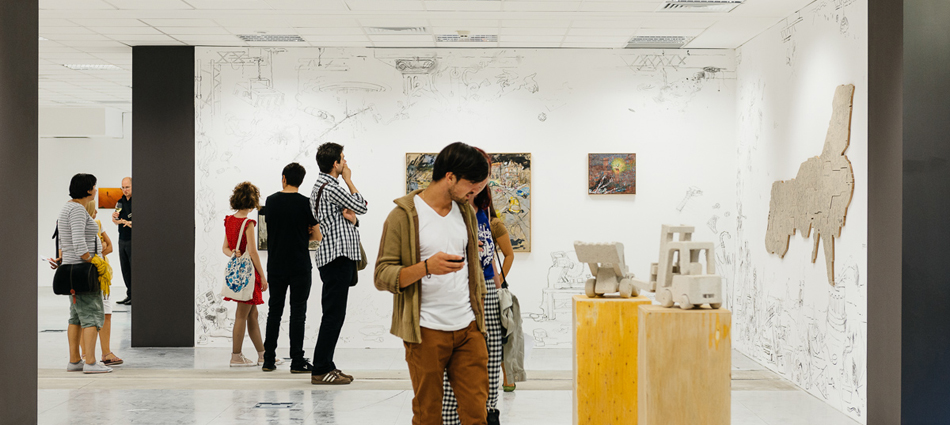
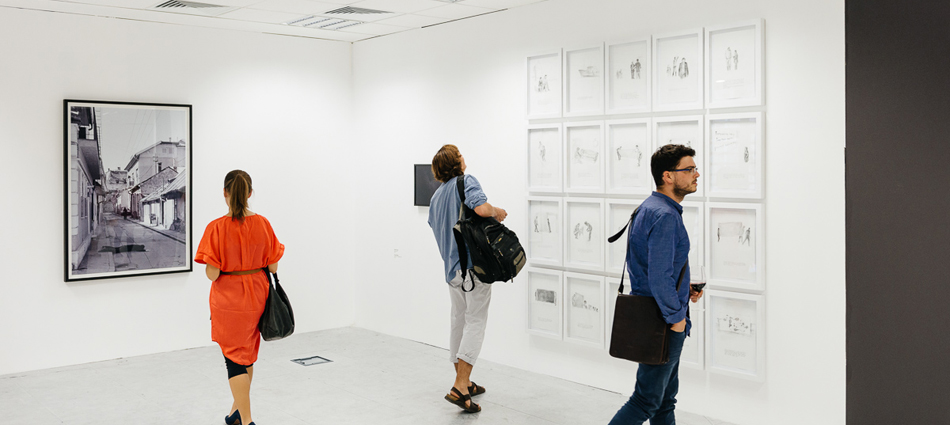
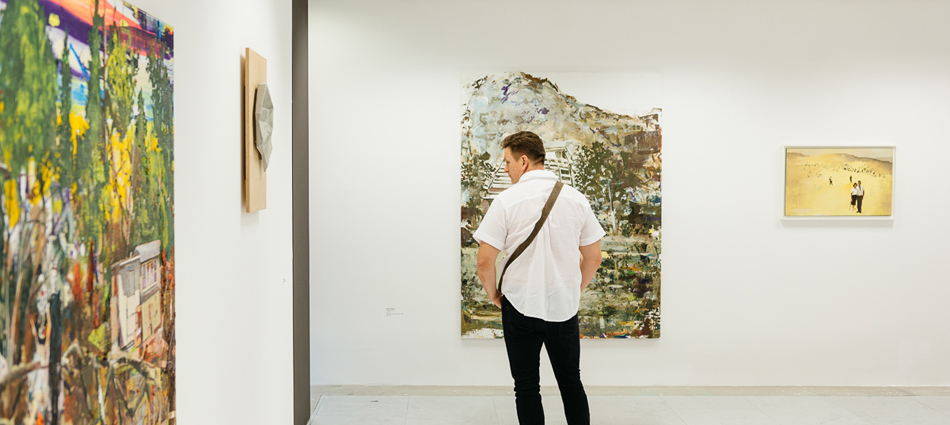
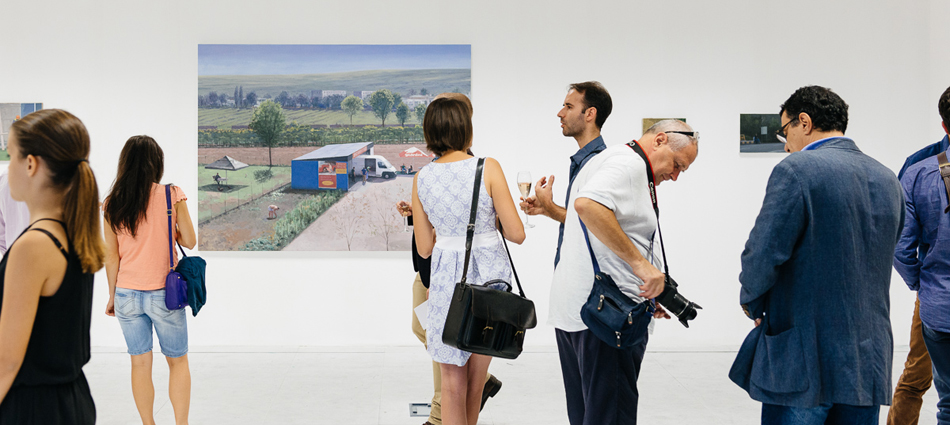
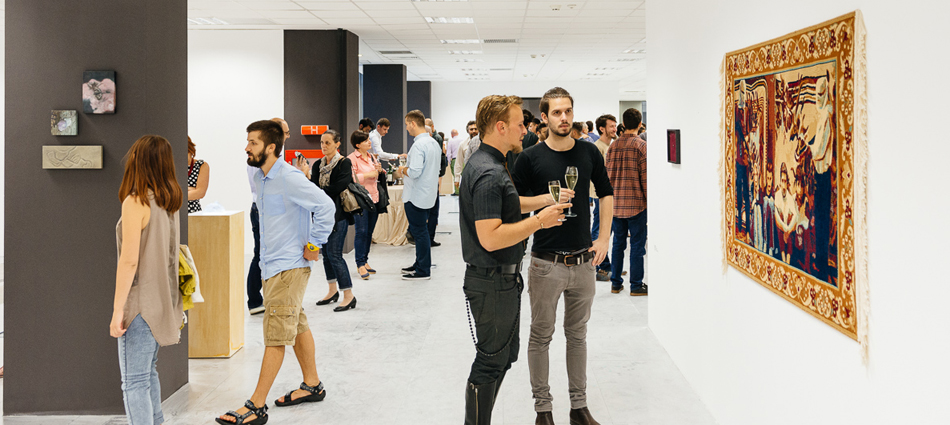
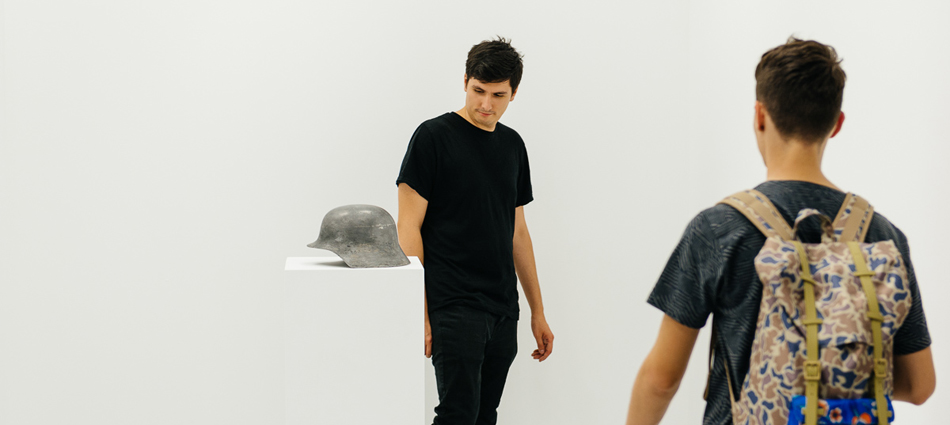
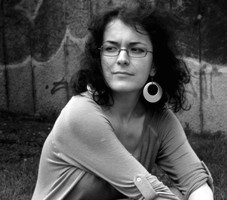
Comments are closed here.